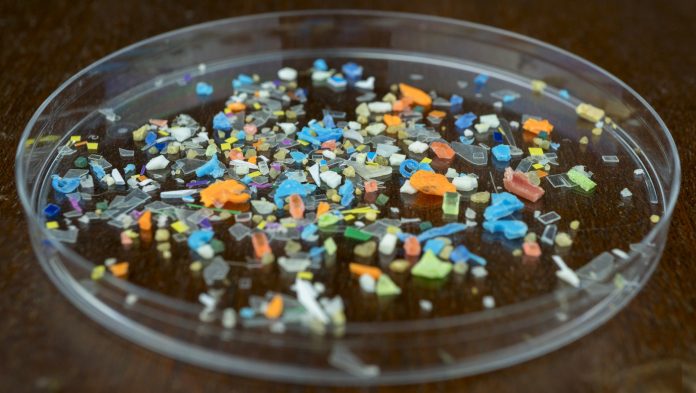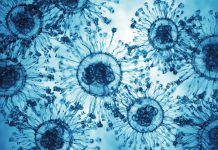Recent studies have revealed a disturbing trend of microplastics, minuscule particles of plastic less than 5mm in diameter, that are increasingly being detected in human brain tissue
This finding shows the pervasive nature of plastic pollution and its potential health implications, the Guardian reported.
Researchers examining brain samples from early 2024 found that, on average, these samples contained approximately 0.5% plastic by weight. This discovery has sparked concerns among scientists about the long-term effects of microplastics on human health.
What effect do microplastics have on the brain?
Microplastics have been detected not only in the brain but also in various other organs such as the lungs, reproductive organs, liver, kidneys, and bone marrow. Their presence in such vital tissues raises alarms, as the health impacts are not yet fully understood but could potentially include oxidative stress, inflammation, and cardiovascular disease.
Studies also suggest a link between microplastics and conditions like dementia and Alzheimer’s disease. Brain samples from individuals with these conditions contained significantly higher levels of microplastics compared to healthy samples. This finding hints at a possible association between plastic exposure and neurological disorders, although further research is needed to establish causation.
Microplastics and the environment
The increase in microplastic concentration in human brains over recent years mirrors trends observed in environmental studies, indicating a parallel rise in pollution levels.
This suggests that efforts to curb plastic pollution are urgently needed to mitigate potential health risks.
While governmental regulations regarding microplastics in food and water are still under development, scientists advocate for immediate action to reduce plastic consumption and pollution.
Simple steps such as minimising plastic use in food preparation, opting for tap water over bottled water, and reducing dust accumulation, which carries plastic particles, may help individuals lower their exposure to microplastics.
The global scientific community has called for increased awareness and policy measures to address this growing environmental and health issue. The findings underscore the need for stricter regulations and innovative solutions to curb plastic pollution and protect human health.











